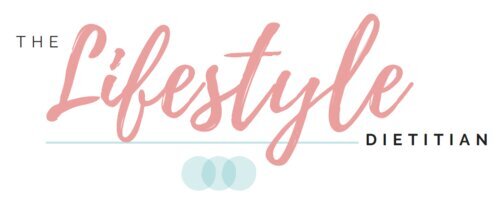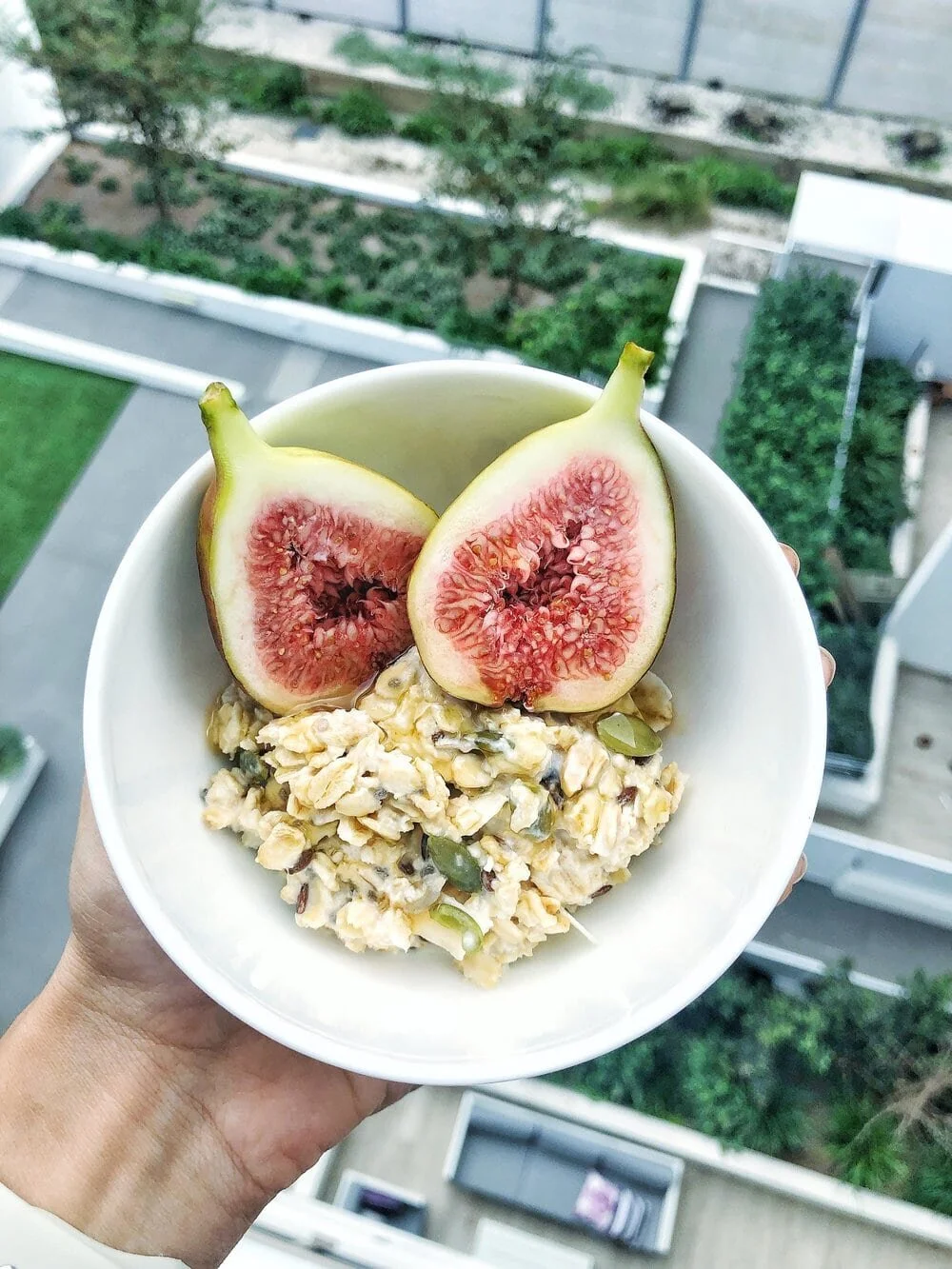Fibre Fuelled Diet For Good Gut-Health
When it comes to good gut health, a fibre-rich diet is by far one of the best ways to achieve this. Fibre is the part of a plant that we cannot digest but instead travels to our large intestine, the home of our gut bugs (microbiome). Interestingly, fibre isn’t just one big nutrient that passes through us to keep our bowels regular. There are a number of different types of fibre, potentially hundreds of thousands each with different health benefits. Let’s break down the three main types.
1. Soluble Fibre
Soluble fibre can be dissolved in water to form a gel. Think about when you soak oats or psyllium husk and it forms a pudding like consistency. This soft, thick gel helps to:
Slow digestion, keeping us fuller for longer and our blood sugar levels stable for sustained energy across the day
Soften our stools, great for both constipation and diarrhoea
Lowers cholesterol by binding to and excreting it from our gut
Feed our gut bugs (like prebiotic fibres), stimulating them to create short-chain fatty acids that have a host of health benefits from appetite regulation, reducing fat accumulation, lowering cholesterol, supporting good immune function, the list goes on!
Where to find in food:
Oats
Barley
Flesh of fruits and vegetables
Psyllium husk
Beans and lentils
2. Insoluble fibre
This type of fibre is the typical “roughage” we think about. Insoluble fibre acts like a bristled brush that sweeps through our gut. Unlike soluble fibre, it doesn’t form a gel in water and remains largely untouched by our gut microbes. Instead, it draws water into our gut which helps to move things along quickly. This is great for constipation but may worsen diarrhoea.
Where to find in food:
Skins of fruits and vegetables (tip, swap juices for whole fruit and vegetables blended with skin into smoothies, or stir the pulp back into juices)
Whole grain breads and cereals
Wheat bran
Nuts and seeds
3. Resistant starch
Although not technically a fibre, resistant starch is well, a starch that resists digestion in our stomach. It travels to our large intestine where it acts as a prebiotic to selectively feed only our good gut bugs. The result, like with some soluble fibres, is the production of health-promoting short-chain fatty acids. As an added bonus, short-chain fatty acids in turn increase the growth of more good gut bugs, effectively pushing out the bad ones for a better gut microbe balance.
Where to find in food:
Green, underripe bananas
Cooked then cooled pasta, potatoes and rice (tip, reheating again doesn’t affect the resistant starch)
Raw oats
The key to using fibre for good gut health is to have a wide variety of plant foods to meet the recommended 30g of fibre per day for adults.
Each plant food contains a mix of different fibres so going for a variety means we will get a good range of fibres to reap their individual health benefits. Since many of us are falling short of fibre, it’s important to gradually increase your intake and drink plenty of water. Too much too fast without water could cause bloating, gassiness and constipation.
Here is what 30g of fibre looks like on a typical day. Use this as a goal to work towards, try swapping to a new higher fibre meal or snack each week.












